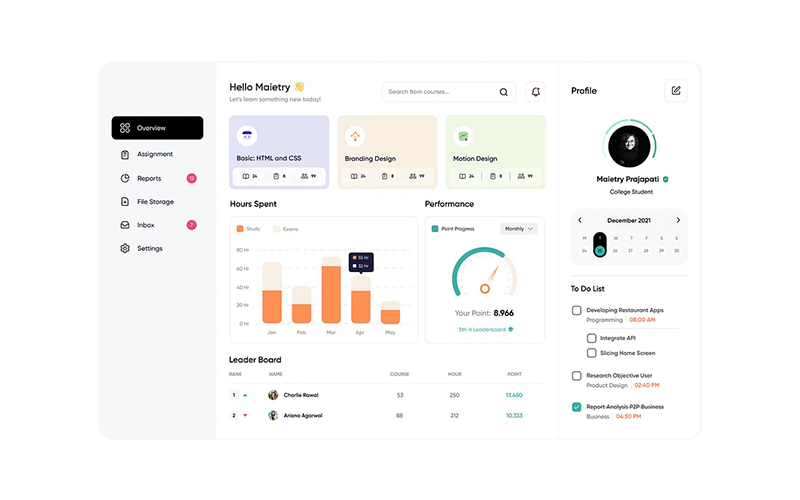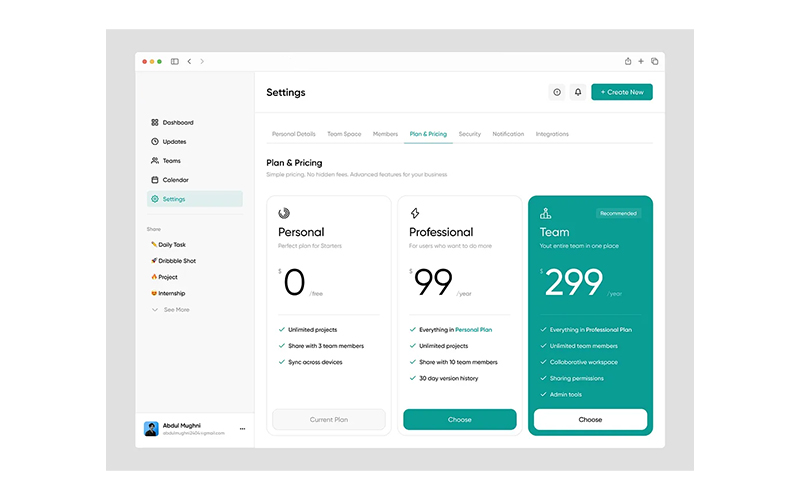With more schools and universities shifting to digital learning, having the right learning management system (LMS) has become essential, not optional. But not all LMS platforms are created equal, especially when it comes to meeting the specific needs of African institutions.
In this guide, you’ll learn how to evaluate, compare, and select the best LMS for your school. Whether you’re managing a university campus, a secondary school, or a local training centre, choosing the right LMS is key to improving learning outcomes and staying future ready.
Why LMS Selection Matters
The learning management system serves as the backbone of any e-learning initiative. It’s more than just a content delivery tool, it’s the digital classroom, the attendance register, the assignment folder, and the student progress tracker all rolled into one.
1. LMS is the Core of Online and Blended Learning
Choosing the right LMS directly affects how teachers deliver lessons and how students engage with materials. A poor choice can lead to frustration, low adoption rates, and wasted resources, while the best learning management system will simplify processes and enhance engagement.
2. Impacts Student Performance and Teacher Efficiency
An intuitive LMS helps teachers focus on teaching instead of troubleshooting. When students can easily access materials, submit assignments, and receive timely feedback, learning becomes more efficient and enjoyable.
3. Common Mistakes Made by African Schools
Many schools in Africa rush into LMS adoption without a proper needs analysis. Common pitfalls include selecting a system that:
- Requires constant internet access despite bandwidth limitations
- Lacks local language support
- Is too expensive to maintain
- Doesn’t scale as the school grows
These mistakes can be avoided by taking a strategic approach to LMS selection.
Key Features to Look For

Every school’s needs are different, but there are essential features that make a learning management system truly useful in the African context.
1. Mobile-Friendly Design
Smartphone penetration is high in Africa, so choosing the right LMS means prioritising mobile accessibility. A responsive interface ensures students and teachers can log in, learn, and teach from any device.
2. Offline Access Capability
Internet infrastructure varies widely across the continent. An LMS for schools in Africa must allow content downloads and offline access, so learning continues even when connectivity is unreliable.
3. Gradebook, Attendance, and Assignment Tools
These are core tools that save time and reduce manual paperwork. Automated grading and attendance tracking also help improve accuracy and transparency in student assessments.
4. Local Language Support
A digital learning platform should support multiple languages, especially indigenous or regional languages, to improve comprehension for students in non-English-speaking regions.
By focusing on these features, schools can find the best learning management system that aligns with both their pedagogical and infrastructural needs.
Cost vs Value

Cost is often a major consideration when selecting e-learning software in Nigeria or other African countries, but it’s important to understand the difference between cost and value.
1. Free vs Paid LMS
While there are free LMS options, they often come with trade-offs such as limited support, complex setups, or fewer features. Paid systems may offer a better user experience and support, but can strain the budget if not chosen wisely.
2. Open-Source Options for African Schools
Open-source platforms can be cost-effective, but they require technical expertise to customise and maintain. Schools must consider whether they have the internal capacity or need external vendors for support.
3. Understanding Hidden Costs
When choosing the right LMS, look beyond subscription fees. Factor in:
- Training for teachers and administrators
- Technical support and maintenance
- Updates and feature add-ons
What looks affordable upfront may become expensive in the long run if hidden costs pile up.
User Experience and Support

No matter how powerful an LMS is, poor usability can deter adoption. Schools should prioritise ease of use and reliable support.
1. Admin Dashboard Simplicity
A clean, intuitive dashboard makes it easier for admins to manage courses, users, and content. Complex systems slow down operations and frustrate users.
2. Teacher and Student Onboarding Ease
The best LMS for schools in Africa offers simple onboarding processes and in-app tutorials. This reduces the time and resources spent on training sessions.
3. Availability of Local or Regional Support
Having access to support in your time zone and language is invaluable. Local support teams understand regional challenges better and can offer timely interventions.
Compatibility and Scalability
Digital learning platform selection isn’t just about current needs; it’s also about future-proofing.
1. Cloud vs On-Premise
Cloud-based LMS options are easier to deploy and update, especially in schools with limited IT infrastructure. On-premise solutions offer more control but require ongoing maintenance and higher setup costs.
2. Ability to Grow with Student Numbers
Choose an LMS that can grow as your institution expands. Scalability ensures you don’t have to switch systems every time you cross a new student enrolment threshold.
3. Integration with SIS and Other Tools
A good LMS should integrate easily with your student information system (SIS), video conferencing platforms, and other educational tools. This creates a seamless experience for students and staff.
Steps for Implementation
Choosing the right LMS is only half the battle. How you implement it matters just as much.
1. Form a Tech Evaluation Team
Include IT personnel, academic staff, and administrators. This ensures different perspectives are considered when evaluating options.
2. Run Trials with a Small Class
Before rolling out school-wide, test the LMS with a pilot group. Monitor how well the platform handles lessons, assignments, and assessments.
3. Collect User Feedback Before Full Rollout
Listen to feedback from students and teachers during the pilot. Identify pain points and ensure they are addressed before full implementation.
Choosing the right LMS isn’t about going for the one with the most bells and whistles; it’s about finding what aligns best with your school’s teaching goals, student needs, infrastructure, and budget.
Focus on what matters:
- Mobile and offline accessibility
- Core learning tools
- Ease of use and training
- Local support and scalability
A digital learning platform should empower, not burden, your staff and students.
If you’re searching for an LMS that’s built with African institutions in mind, offering mobile-first access, offline functionality, multilingual support, and simple onboarding, consider exploring EdiifyLMS. It’s designed to help schools transition smoothly into digital learning, with all the right features and none of the complexity.
Ready to transform learning at your institution? Start by choosing the right LMS that works as hard as your educators do.

